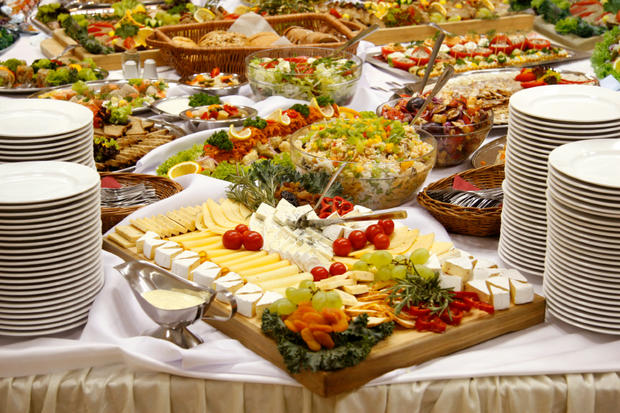
Despite the fact that we lead busy lives, the importance of a nutritious home cooked meal cannot be overemphasized. People who find it hard to make time for preparing something at home after a tiring day in office or post a day out, have the option of freezing foodstuffs. This can be used to rustle up a delectable meal in a matter of minutes. You just need to be careful of what you freeze and how you go about doing it. When this is done properly, you can be assured of not being in a situation where you would want to order food home for want of time.
Foods to freeze
1. Soups
While you are at it, prepare soups in more quantities than required and freeze in appropriate containers. Then, you may just savor the lip smacking stuff later on even when you clearly do not have the time to prepare it all over again. Soups can be preserved well by freezing. Defrosting may be done overnight.
2. Pasta and Pasta Sauce
Pasta sauces cooked at home can be stored in freezers and can be used again when you are relishing the home cooked pasta. To quickly do up pasta by microwaving it later, cook some pasta to make it just about firm and then freeze it. Make sure not to put sauce in this.
3. Potatoes
These are easily available in different over the shelf variants as cut and to be frozen foodstuffs. Bring a pack home and use it later as per your requirement.
4. Bacon
Use waxed paper or parchment for wrapping bacon. Pack the wrapped pieces in a foil and place in the freezer.
5. Bananas
To store ripe bananas for using these in some quick recipes later, just peel them, wrap and freeze in bags meant specifically for the purpose.
6. Seafood
You can wrap and keep shrimps in cold storage. For thawing, just defrost overnight.
7. Pizza and Burgers
Kids can ask for these any day, any moment. Now, you need not rush to a store or place an order for home delivery. Keep pizza dough frozen for later use or just put pieces of pizza and burgers in freezer bags and store at low temperatures. Defrost and heat in oven when you need to serve.
Some tips for freezing
As is the case with everything, it is not just what you do but how you do that matters. If some basic steps are followed, the task becomes easier and the end result is even better.
1. Small quantities of stuff wrapped and frozen help quicken the process of thawing and can be put to use as per the need.
2. Giving attention to detail helps. Placing labels on containers clearly carrying information on the items stored and also the date of preparation and storage proves beneficial as you would know what is to be made of use of before the rest.
3. Stocking up things in freezer in random order is a bad idea. To make sure that things that are frozen get used up in the same order, place newly frozen foodstuffs behind the ones that were already there.
4. When freezing foodstuffs, how you wrap them is of significance. Use materials that are designed for the purpose. In case of liquids, keep in mind that liquids expand as the temperature dips. Do not fill the containers to the brim.
Thawing frozen foodstuffs
1. Dip the containers or bags containing frozen foodstuffs in water. Change the water as its temperature falls. Follow the process until the frozen food comes to room temperature.
2. In case of soups and sauces, transfer the contents to a pan and heat over low flame, bringing it to boil slowly. Keep it covered and stir gently every now and then.
3. When using a microwave, leave the foods uncovered for thawing.



